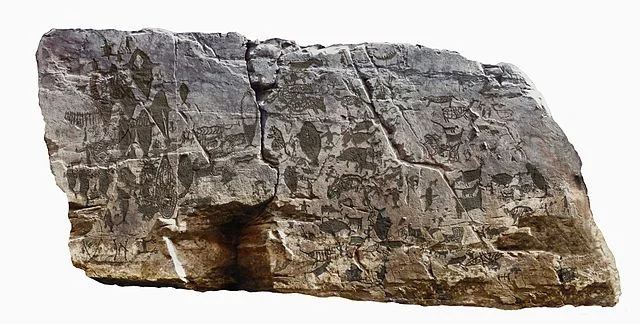The Bangudae Petroglyphs are a significant prehistoric site located in Ulsan, South Korea. They are engraved onto a rock face along the Daegokcheon stream. This collection of over 200 carvings represents the daily life and beliefs of people from the late Neolithic period to the early Bronze Age. Archaeologists estimate the engravings were created between 3000 BC and 1000 BC.
Get your dose of History via Email
Discovery and Preservation
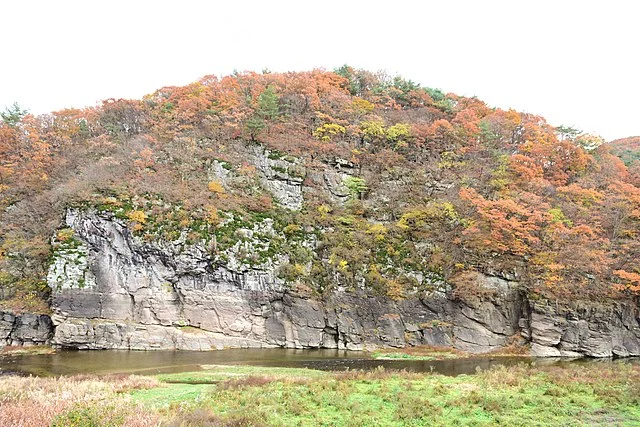
The Bangudae Petroglyphs were discovered in 1971 during a survey of the region. Since then, the site has been the subject of extensive research and preservation efforts. The carvings are now part of the Ulsan Petroglyph Museum’s preservation initiatives, although the site itself faces threats from the nearby Sayeon Dam, which causes periodic submersion of the rock art.
Artistic Depictions
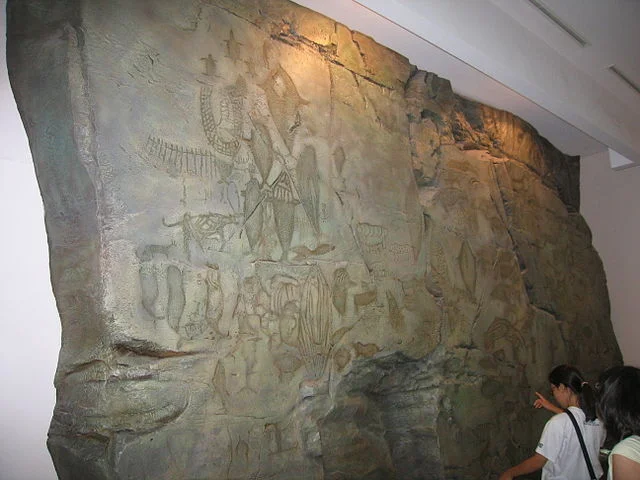
The carvings at Bangudae portray various animals, such as whales, tigers, deer, and turtles. These detailed depictions indicate the importance of animals in the lives of the people who created them. Additionally, human figures are shown hunting or engaged in ritualistic activities. The whale depictions are particularly significant because they are one of the earliest examples of cetacean art in human history.
Cultural Significance
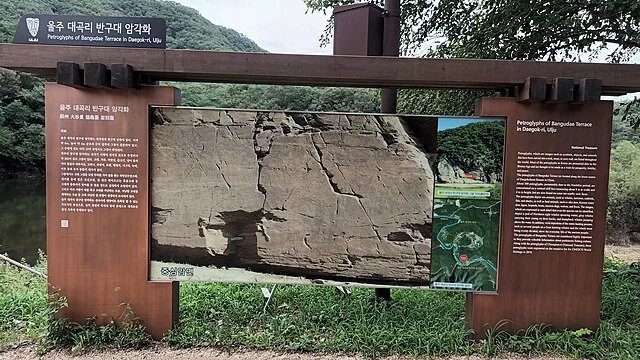
The Bangudae Petroglyphs provide valuable insights into the prehistoric cultures of the Korean Peninsula. They suggest a society that relied heavily on hunting and fishing. The whale carvings, for example, imply that coastal hunting of large marine animals was important to their livelihood. The presence of ritualistic scenes further suggests that the society had complex spiritual beliefs connected to nature and animals.
Archaeological Research
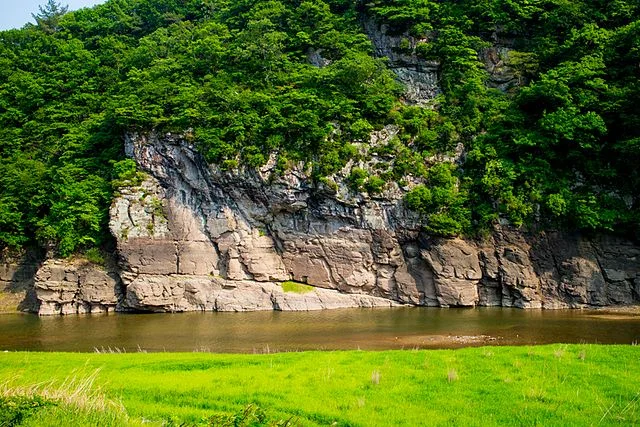
Researchers have spent decades studying the Bangudae Petroglyphs. Their findings show that the petroglyphs reveal much about prehistoric subsistence patterns, spiritual practices, and interactions with the environment. Many believe that the site served as a ceremonial location for rituals related to hunting and nature. The importance of Bangudae lies not only in its detailed carvings but also in its role as a rare glimpse into early human life in East Asia.
Threats to the Site
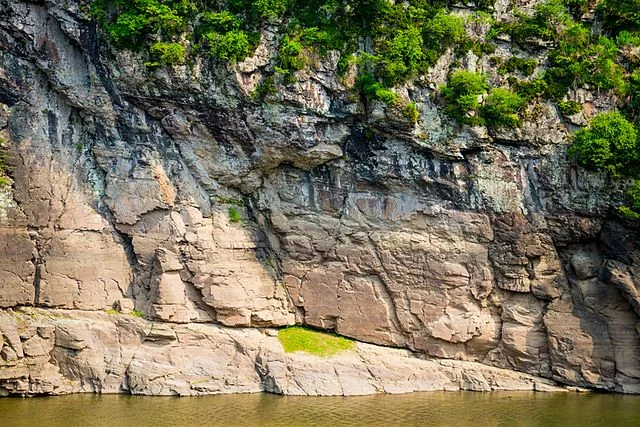
Despite the historical significance of the Bangudae Petroglyphs, the site is at risk. The Sayeon Dam, built nearby, causes the rock surface to submerge when water levels rise. This periodic flooding threatens the preservation of the petroglyphs, leading to calls for more protective measures. Archaeologists and preservationists continue to advocate for solutions that balance environmental concerns with cultural heritage protection.
Conclusion
The Bangudae Petroglyphs remain one of South Korea’s most important prehistoric sites. They provide rare insight into the lives of early humans, their environment, and their spiritual beliefs. Ongoing research continues to reveal new aspects of this ancient culture, while preservation efforts work to protect these invaluable carvings for future generations.
Source:

